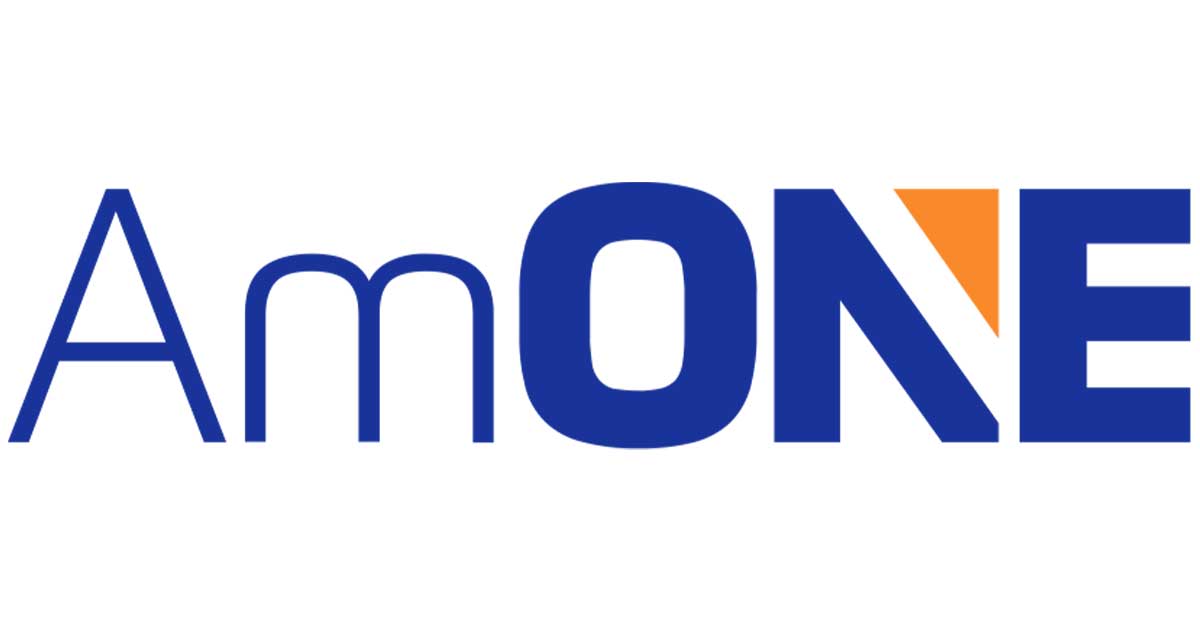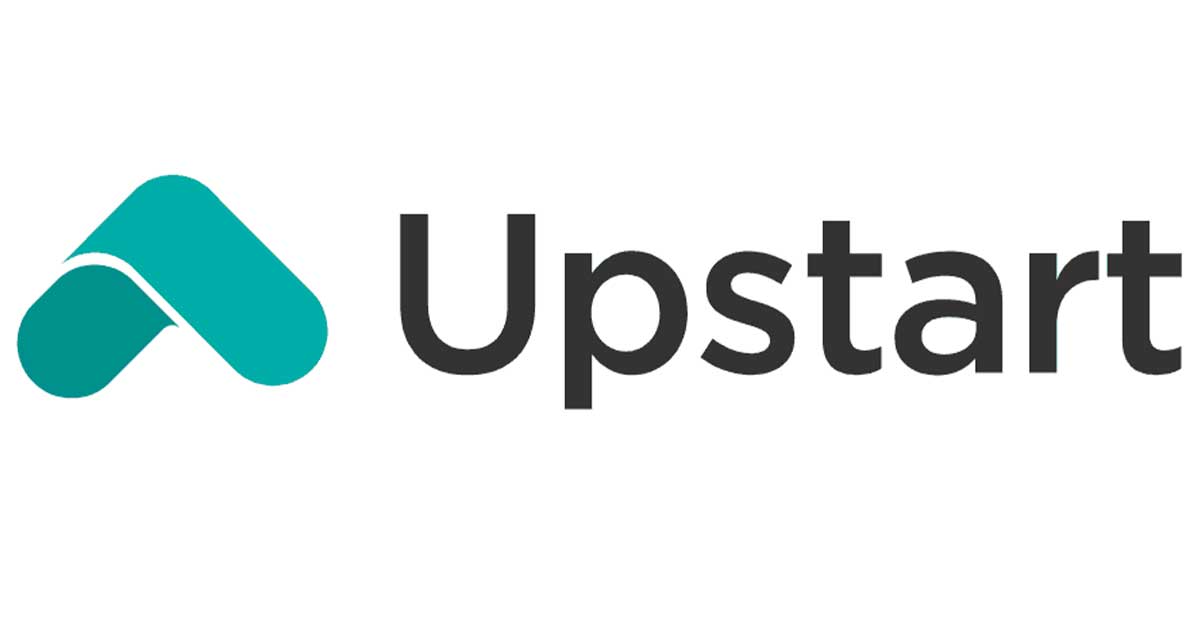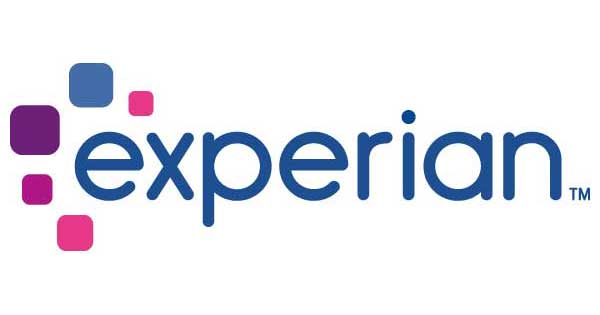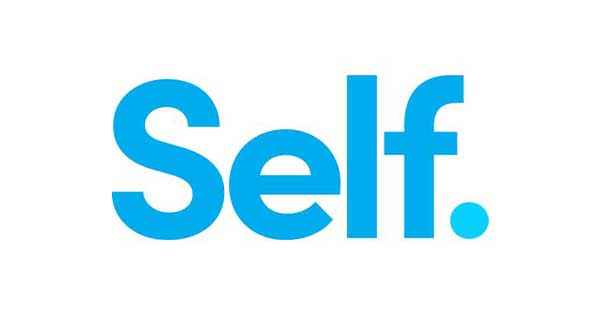Your home is more than just a place to live; it’s a reflection of your personality and a canvas for your dreams.
As time passes, you might find yourself envisioning a new kitchen, a modern bathroom, or even an entire home makeover.
These improvements can not only make your living space more comfortable and appealing but also significantly increase the value of your property.
However, turning these dreams into reality often requires a substantial financial investment.
This is where Home Improvement Loans (HILs) come to the rescue.
In this comprehensive guide, we’ll explore what Home Improvement Loans are, the various types available, how they work, and much more.
What Is A Home Improvement Loan?
A Home Improvement Loan, commonly referred to as an HIL, is a specialized financial product designed to provide homeowners with the financial means to enhance, renovate, or repair their homes.
It’s like having a financial partner in your journey to make your home more beautiful, functional, and valuable.
Home Improvement Loans can be broadly categorized into two types: secured and unsecured.
Secured v/s Unsecured Home Improvement Loans
Secured Home Improvement Loans
These loans are backed by collateral, often the borrower’s home itself.
The collateral serves as a form of security for the lender, reducing their risk, and typically results in lower interest rates and more favorable loan terms.
However, it’s essential to remember that using your home as collateral means that you risk losing it if you fail to repay the loan.
Pros
- Lower interest rates.
- Larger loan amounts.
- Longer repayment terms.
Cons
- Risk of losing your home in case of default.
- A potentially lengthier approval process.
Unsecured Home Improvement Loans
Unsecured loans, on the other hand, do not require collateral.
Instead, these loans are granted based on your creditworthiness and income.
They are a safer option for those who do not wish to put their homes at risk.
Pros
- No collateral required.
- Faster approval process.
- Lower risk to your assets.
Cons
- Higher interest rates.
- Smaller loan amounts.
- Shorter repayment terms.
Now, let’s delve into the various types of Home Improvement Loans and explore the unique advantages and drawbacks of each.
Types Of Home Improvement Loans
1. FHA 203(k) Rehab Loan
The FHA 203(k) Rehab Loan is an excellent option for those looking to buy a fixer-upper and renovate it.
It allows borrowers to finance the purchase and renovation of a home in a single loan, making it a convenient choice for comprehensive remodeling projects.
For Example: Imagine you’re purchasing a charming but run-down fixer-upper. An FHA 203(k) Rehab Loan can finance both the purchase and renovation, allowing you to transform the property into your dream home.
Pros
- Allows you to purchase and renovate in one loan.
- Competitive interest rates.
- Ideal for extensive renovations.
Cons
- Requires FHA approval.
- Strict eligibility criteria.
- Involves extensive paperwork.
2. FHA Title 1 Property Improvement Loan
The FHA Title 1 Property Improvement Loan is a versatile option that doesn’t require equity or an appraisal.
It’s suitable for financing a wide range of home improvements.
Pros
- No equity or appraisal required.
- Competitive interest rates.
- Ideal for smaller renovation projects.
Cons
- Limited loan limits.
- Slightly higher interest rates compared to secured loans.
- Not suitable for structural changes.
3. Cash-out Refinance
Cash-out refinancing involves replacing your existing mortgage with a new one that’s larger than your current loan.
The difference is given to you in cash, which you can use for home improvements.
For Example: Let’s say you’ve owned your home for several years, and it has gained substantial equity. You decide to do a cash-out refinance to fund a kitchen remodel, using the increased loan amount to cover the renovation costs.
Pros
- Provides a significant amount of cash.
- Typically offers low mortgage rates.
- The interest may be tax-deductible.
Cons
- Increases your mortgage balance.
- May require a higher credit score.
- Involves the risk of losing your home if you default.
4. Home Equity Loans (HEL)
Home Equity Loans, or HELs, allow you to borrow a lump sum with your home’s equity serving as collateral.
These loans typically have fixed interest rates and are suitable for planned, larger-scale renovations.
Pros
- Fixed interest rates provide payment predictability.
- A lump sum for comprehensive projects.
- The interest may be tax-deductible.
Cons
- Risk of losing your home if you default.
- Involves closing costs.
- Provides a fixed loan amount.
5. Home Equity Line Of Credit (HELOC)
A Home Equity Line of Credit (HELOC) is a revolving line of credit that uses your home as collateral.
It’s a flexible financing option, as you can draw funds as needed for your home improvement projects.
For Example: Suppose you’ve recently purchased a home and plan to make gradual improvements over the next few years. A Home Equity Line of Credit (HELOC) can provide the flexibility to access funds as needed for each stage of your project.
Pros
- Flexible access to funds.
- Variable interest rates.
- The interest may be tax-deductible.
Cons
- Risk of losing your home if you default.
- Variable interest rates can increase over time.
- Involves initial setup costs.
6. Personal Loan
Personal loans are unsecured loans that do not require collateral.
They are suitable for smaller home improvement projects and offer a quick approval process.
Pros
- No collateral required.
- Fast approval process.
- Ideal for minor projects.
Cons
- Higher interest rates.
- Smaller loan amounts.
- Shorter repayment terms.
7. Credit Cards
Credit cards can be used to finance minor home improvement projects.
They offer flexibility and convenience but may come with higher interest rates.
Pros
- Convenient and flexible.
- No collateral required.
- Some credit cards offer rewards and cashback benefits.
Cons:
- High-interest rates.
- Limited credit limits.
- Risk of overspending.
How Home Improvement Loans Work?
Whether you opt for an unsecured or secured home improvement loan, the fundamental workings are quite similar.
You’ll receive a lump sum of money, which you’ll repay over a predetermined period with a fixed interest rate.
These funds can be used to cover various expenses related to your home improvement, including permits, contractors, equipment, materials, and labor.
Whether you’re tackling one significant project or a series of smaller ones, a Home Improvement Loan can be your financial backbone in achieving your home renovation goals.
No matter the duration of your home improvement project, you’ll start making monthly payments immediately.
The exact amount you pay each month depends on the total loan amount you borrowed and the fixed interest rate associated with your loan.
When selecting a loan, it’s crucial to ensure that you have room in your budget to comfortably make these monthly payments.
Additionally, it’s wise to have a financial cushion to cover any unexpected costs that might arise during the renovation process.
Now that you have a clear understanding of how Home Improvement Loans work and the types available, let’s explore the practical aspects of acquiring one.
Where To Get A Home Improvement Loan?
Home Improvement Loans are offered by a variety of financial institutions, including banks, credit unions, online lenders, and specialized home improvement loan providers.
Here’s a quick overview of where to start your search:-
1. Banks And Credit Unions
Traditional banks and credit unions often offer competitive Home Improvement Loans.
Visit your local branch or check their websites to explore your options.
2. Online Lenders
Numerous online lenders provide Home Improvement Loans, making it convenient to apply from the comfort of your home.
Popular online lenders include SoFi, LendingClub, and Avant.
3. Home Improvement Loan Providers
Some lenders specialize in home improvement financing.
These providers may offer unique loan products tailored to your renovation needs.
Requirements For Obtaining A Home Improvement Loan
While the specific requirements may vary based on the lender and the type of Home Improvement Loan you’re pursuing, there are some common criteria you can expect:
- Proof Of Home Ownership: You’ll need to provide documentation proving that you own the property where the renovations will take place.
- Income Verification: Lenders typically require proof of a stable income to ensure you can make your monthly payments.
- Credit History: A good credit history can significantly impact your ability to secure a Home Improvement Loan. Lenders will assess your credit score to determine your creditworthiness.
- Loan Purpose: Be prepared to explain how you intend to use the loan funds for home improvements.
- Loan Amount: Determine the amount you need for your project, as this will influence the loan application process.
- Collateral (for secured loans): If you’re applying for a secured loan, you’ll need to provide details about the collateral, often your home.
Credit Score And Home Improvement Loans
Your credit score plays a pivotal role in securing a Home Improvement Loan.
Lenders use your credit score to assess your creditworthiness and determine the terms and interest rates of the loan.
Best Websites To Check And Build Your Credit Score
Here’s a general breakdown of how credit scores are typically categorized:-
- Excellent (800-850): Borrowers with excellent credit scores are likely to qualify for the lowest interest rates and best loan terms. Lenders view them as low-risk borrowers.
- Very Good (740-799): Borrowers with very good credit scores still enjoy favorable terms, although interest rates may be slightly higher than those with excellent credit.
- Good (670-739): Borrowers with good credit scores can secure loans, but interest rates may be moderately higher.
- Fair (580-669): Those with fair credit scores may still qualify for loans, but they’ll likely face higher interest rates and stricter terms.
- Poor (300-579): Borrowers with poor credit may have difficulty securing Home Improvement Loans, and if they do, they’ll face high-interest rates and less favorable terms.
Pro Tip: Before applying for a Home Improvement Loan, it’s advisable to review your credit report and address any inaccuracies or delinquencies. Improving your credit score, even slightly, can lead to more favorable loan terms and lower interest rates.
How To Apply For A Home Improvement Loan?
The application process for a Home Improvement Loan is relatively straightforward, but it does require some diligence.
Here’s a step-by-step guide to help you through the process:-
1. Determine Your Budget: Assess the scope of your home improvement project and determine how much you’ll need to borrow.
2. Research Lenders: Explore your options by researching various lenders, comparing interest rates, terms, and fees. Choose a lender that aligns with your financial goals.
3. Gather Documents: Collect the necessary documentation, including proof of home ownership, income verification, and any other materials the lender may require.
4. Complete The Application: Fill out the loan application provided by your chosen lender. This can typically be done online or in person at a bank or credit union.
5. Approval And Terms: After submitting your application, the lender will review your creditworthiness and financial information. If approved, you’ll receive loan terms outlining the interest rate, repayment schedule, and other relevant details.
6. Review And Sign: Carefully review the loan terms and, if you’re comfortable with them, sign the agreement.
7. Receive Funds: Once you’ve signed the agreement, the lender will disburse the loan funds, which can then be used for your home improvement project.
8. Begin Repayment: After receiving the funds, you’ll start making monthly payments according to the agreed-upon terms and schedule.
Conclusion
Home Improvement Loans can be your ticket to transforming your house into your dream home.
They offer the financial support needed to undertake renovations, enhance comfort, and boost property value.
Understanding the different types of HILs, the application process, and the significance of your credit score will empower you to make informed decisions when embarking on your home improvement journey.
Whether you opt for a secured Home Improvement Loan with the advantage of lower interest rates or an unsecured loan that doesn’t put your home at risk, the key is careful planning and responsible financial management.
Remember that the beauty of Home Improvement Loans lies not just in the fresh coat of paint, the modernized kitchen, or the expanded living space, but in the sense of accomplishment, comfort, and satisfaction they bring.
Your home is more than just bricks and mortar; it’s a reflection of your dreams and aspirations.
So, as you embark on your renovation adventure, consider consulting with experts, planning meticulously, and selecting the right type of Home Improvement Loan for your needs.
With the right strategy and a bit of creativity, you can transform your home into a space that truly embodies your vision.
In the end, a well-executed home improvement not only enhances your daily life but can also increase the value of your property.
Your home becomes a place of pride, comfort, and beauty—a testament to your vision and the power of a Home Improvement Loan.
FAQs
Home Improvement Loans typically offer loan terms ranging from 2 to 20 years. The specific term will depend on factors such as the loan type, the lender, and the amount borrowed.
Yes, in most cases, you can use a Home Improvement Loan for a wide range of projects, including kitchen remodels, bathroom renovations, home additions, roof repairs, and more.
Your credit score plays a significant role in determining your eligibility for a Home Improvement Loan. A higher credit score often results in better loan terms, such as lower interest rates and more favorable repayment terms.
In some cases, the interest paid on Home Improvement Loans may be tax-deductible. However, this generally applies to loans that are secured by your home and used to make substantial improvements that increase your home’s value.
Yes, it’s possible to apply for multiple Home Improvement Loans if you have several projects in mind. However, keep in mind that each loan comes with its terms and monthly payments.














